
Academind Pro : Docker & Kubernetes The Practical Guide
Product includes: |
Salepage:
You will get :
English | Size: 4.78 GB
Explore Docker, Docker Compose, development settings, deployment, and everything about Kubernetes from scratch!
Docker and Kubernetes are some of the hottest topics you can learn these days.
Why?
Because they greatly simplify the process of developing and deploying both simple and complex software projects. Docker can really take you to the next level, especially in web development (but not limited to)!
With Docker, you can create and manage so-called “containers” – basically the packages of code and the tools needed to run that code. These containers allow you to run your programs in a predictable, environment independent way – no matter where you need to run it.
For modern DevOps, as well as for local development – on your own or as a team – this is a great feature as you won’t have any more “but it worked on my machine” discussions. It works inside the container, hence it works everywhere!
This course will teach you both Docker and Kubernetes from scratch using a hands-on approach!
From images and containers, through volumes and networks to deployments and Kubernetes cluster, we’ll go into all the key concepts in depth with practical examples and demos – this course has it all!
This course includes the following topics in detail:
A detailed introduction to Docker, containers and why you might want to use it
Detailed installation instructions for macOS and Windows
A deep dive into the basic concepts you need to know: containers and images
Learn how to create your own images, use existing images, and how to launch containers from those images.
Get a detailed overview of the basic commands required to work with Docker.
Learn how to work with data and how to save data with volumes
Explore a container network – with the outside world and between multiple containers
Learn how to work with both single and multi-container projects
Detailed Deployment Instructions: Manual deployment and deployment with managed services like AWS ECS
Basic concepts and architecture of Kubernetes
Learn how to create resources, deployments, Kubernetes services, and how to run containers with Kubernetes.
Dive deeper into working with data in Kubernetes projects – with different types of volumes
Discovery of Kubernetes network and DNS services
Learn how to deploy your Kubernetes project (using AWS EKS as an example)
And much more!
All of these topics are taught in great detail with slides and theory, but also, most importantly, lots of examples and demos!
Throughout the course, you will find many demo projects using programming languages such as NodeJS, Python, or PHP (with Laravel). However, you do not need to know these languages, do not worry!
This course is designed for:
Anyone who has NOT worked with Docker or Kubernetes at all
Anyone trying to understand what Docker is (and why you might want to use it)
(Web) developers interested in advanced development topics
Chapters:
Welcome to the Course
What Is Docker?
Why Docker & Containers?
Virtual Machines vs Docker Containers
Docker Setup – Overview
Docker Setup – macOS
Docker Setup – Windows
Docker Setup – Docker Toolbox for Older Systems
An Overview of the Docker Tools
Installing & Configuring an IDE
Getting Our Hands Dirty!
Course Outline
How To Get The Most Out Of This Course
Module Introduction
Images & Containers: What and Why?
Using & Running External (Pre-Built) Images
Our Goal: A NodeJS App
Building our own Image with a Dockerfile
Running a Container based on our own Image
Images are Read-Only!
Understanding Image Layers
A First Summary
Managing Images & Containers
Stopping & Restarting Containers
Understanding Attached & Detached Containers
Entering Interactive Mode
Deleting Images & Containers
Removing Stopped Containers Automatically
A Look Behind the Scenes: Inspecting Images
Copying Files Into & From A Container
Naming & Tagging Containers and Images
Time to Practice: Images & Containers – Problem
Time to Practice: Images & Containers – Solution
Sharing Images – Overview
Pushing Images to DockerHub
Pulling & Using Shared Images
Module Summary
Module Introduction
Understanding Data Categories / Different Kinds of Data
Analyzing a Real App
Building & Understanding the Demo App
Understanding the Problem
Introducing Volumes
A First, Unsuccessful Try
Named Volumes To The Rescue!
Getting Started With Bind Mounts (Code Sharing)
Combining & Merging Different Volumes
A NodeJS-specific Adjustment: Using Nodemon in a Container
Volumes & Bind Mounts: Summary
A Look at Read-Only Volumes
Managing Docker Volumes
Using “COPY” vs Bind Mounts
Don’t COPY Everything: Using “dockerignore” Files
Working with Environment Variables & “.env” Files
Using Build Arguments (ARG)
Module Summary
Module Introduction
Case 1: Container to WWW Communication
Case 2: Container to Local Host Machine Communication
Case 3: Container to Container Communication
Analyzing the Demo App
Creating a Container & Communicating to the Web (WWW)
Making Container to Host Communication Work
Container to Container Communication: A Basic Solution
Introducing Docker Networks: Elegant Container to Container Communication
How Docker Resolves IP Addresses
Module Summary
Module Introduction
Our Target App & Setup
Dockerizing the MongoDB Service
Dockerizing the Node.js
Moving the React SPA into a Container
Adding Docker Networks for Efficient Cross-Container Communication
Adding Data Persistence to MongoDB with Volumes
Volumes, Bind Mounts & Polishing for the NodeJS Container
Live Source Code Updates for the React Container (with Bind Mounts)
Module Summary
Module Introduction
Docker-Compose: What & Why?
Creating a Compose File
Diving into the Compose File Configuration
Docker Compose Up & Down
Working with Multiple Containers
Adding Another Container
Building Images & Understanding Container Names
Module Summary
Module Introduction & What are “Utility Containers”?
Utility Containers: Why would you use them?
Different Ways of Running Commands in Containers
Building a First Utility Container
Utilizing ENTRYPOINT
Using Docker Compose
Module Summary
Module Introduction
The Target Setup
Adding a Nginx (Web Server) Container
Adding a PHP Container
Adding a MySQL Container
Adding a Composer Utility Container
Creating a Laravel App via the Composer Utility Container
Launching Only Some Docker Compose Services
Adding More Utility Containers
Docker Compose with and without Dockerfiles
Bind Mounts and COPY: When To Use What
Module Introduction
From Development To Production
Deployment Process & Providers
Getting Started With An Example
Bind Mounts In Production
Introducing AWS & EC2
Connecting to an EC2 Instance
Installing Docker on a Virtual Machine
Pushing our local Image to the Cloud
Running & Publishing the App (on EC2)
Managing & Updating the Container / Image
Disadvantages of our Current Approach
From Manual Deployment to Managed Services
Deploying with AWS ECS: A Managed Docker Container Service
More on AWS
Updating Managed Containers
Preparing a Multi-Container App
Configuring the NodeJS Backend Container
Deploying a Second Container & A Load Balance
Using a Load Balancer for a Stable Domain
Using EFS Volumes with ECS
Our Current Architecture
Databases & Containers: An Important Consideration
Moving to MongoDB Atlas
Using MongoDB Atlas in Production
Our Updated & Target Architecture
Understanding a Common Problem
Creating a “build-only” Container
Introducing Multi-Stage Builds
Building a Multi-Stage Image
Deploying a Standalone Frontend App
Development vs Production: Differences
Understanding Multi-Stage Build Targets
Beyond AWS
Module Summary
Module Introduction
Images & Containers
Key Commands
Data, Volumes & Networking
Docker Compose
Local vs Remote
Deployment
Module Introduction
More Problems with Manual Deployment
Why Kubernetes?
What Is Kubernetes Exactly?
Kubernetes: Architecture & Core Concepts
Kubernetes will NOT manage your Infrastructure!
A Closer Look at the Worker Nodes
A Closer Look at the Master Node
Important Terms & Concepts
Module Introduction
Kubernetes does NOT manage your Infrastructure
Kubernetes: Required Setup & Installation Steps
macOS Setup
Windows Setup
Understanding Kubernetes Objects (Resources)
The “Deployment” Object (Resource)
A First Deployment – Using the Imperative Approach
kubectl: Behind The Scenes
The “Service” Object (Resource)
Exposing a Deployment with a Service
Restarting Containers
Scaling in Action
Updating Deployments
Deployment Rollbacks & History
The Imperative vs The Declarative Approach
Creating a Deployment Configuration File (Declarative Approach)
Adding Pod and Container Specs
Working with Labels & Selectors
Creating a Service Declaratively
Updating & Deleting Resources
Multiple vs Single Config Files
More on Labels & Selectors
Liveness Probes
A Closer Look at the Configuration Options
Summary
Module Introduction
Starting Project & What We Know Already
Kubernetes & Volumes – More Than Docker Volumes
Kubernetes Volumes: Theory & Docker Comparison
Creating a New Deployment & Service
Getting Started with Kubernetes Volumes
A First Volume: The “emptyDir” Type
A Second Volume: The “hostPath” Type
Understanding the “CSI” Volume Type
From Volumes to Persistent Volumes
Defining a Persistent Volume
Creating a Persistent Volume Claim
Using a Claim in a Pod
Volumes vs Persistent Volumes
Using Environment Variables
Environment Variables & ConfigMaps
Module Summary
Module Introduction
Starting Project & Our Goal
Creating a First Deployment
Another Look at Services
Multiple Containers in One Pod
Pod-internal Communication
Creating Multiple Deployments
Pod-to-Pod Communication with IP Addresses & Environment Variables
Using DNS for Pod-to-Pod Communication
Which Approach Is Best? And a Challenge!
Challenge Solution
Adding a Containerized Frontend
Deploying the Frontend with Kubernetes
Using a Reverse Proxy for the Frontend
Module Summary
Module Introduction
Deployment Options & Steps
AWS EKS vs AWS ECS
Preparing the Starting Project
Diving Into AWS
Creating & Configuring the Kubernetes Cluster with EKS
Adding Worker Nodes
Applying Our Kubernetes Config
Getting Started with Volumes
Adding EFS as a Volume (with the CSI Volume Type)
Creating a Persistent Volume for EFS
Using the EFS Volume
A Challenge!
Challenge Solution
You Learned A Lot!
Related Topics You Could Explore
Next Steps!
DURATION 23:30:46
SOURCE Academind Pro udemy
NUMBER OF LESSONS 230 videos
LANGUAGE English
RELEASE DATE 22/10/2020


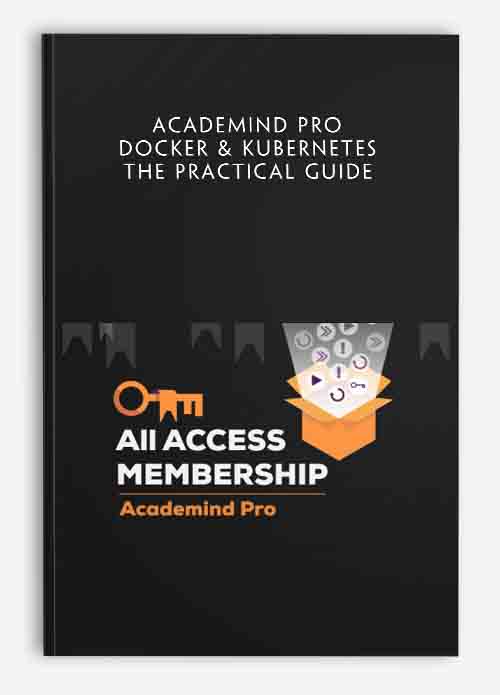

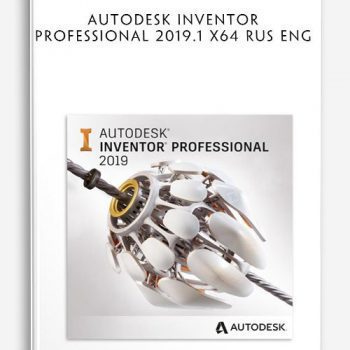
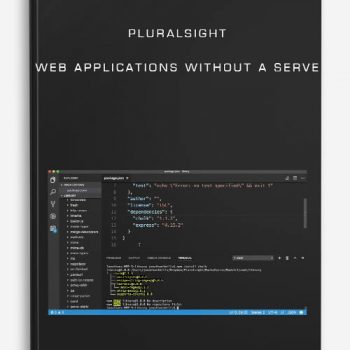
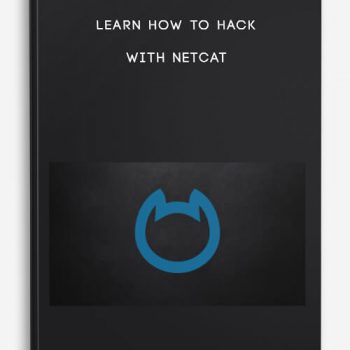

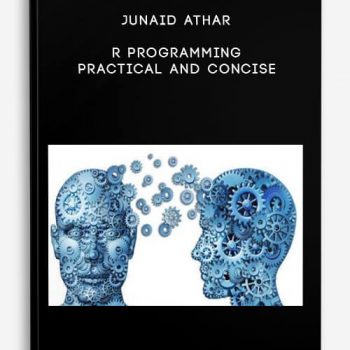
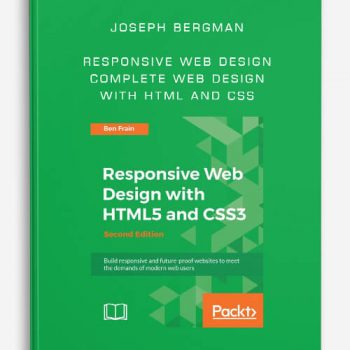
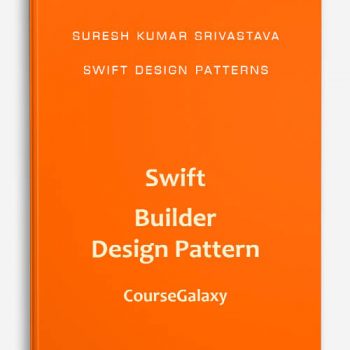
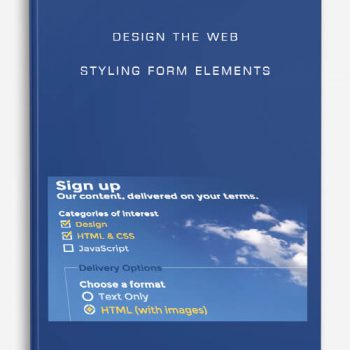

Reviews
There are no reviews yet.